Buy the photo Northern Lights, Aurora Borealis. Iceland by Gert Hilbink on canvas, ArtFrame, poster and wallpaper, printed on demand in high quality.
About "Northern Lights, Aurora Borealis. Iceland"
by Gert Hilbink
About the artwork
The aurora is predominantly seen as a light glow or moving arcs, beams or curtains of light. Sometimes above the northern horizon is an arc from which rays of light shoot up like searchlights. Very rarely, the aurora displays a flaming character, showing a peculiar vibration and relatively rapid pulsating movement, similar to the dancing of candle flames. Some dancing rays appear to rotate, with one ray shifting slightly to the side and disappearing, to make way for a new ray, which in turn also shifts to the side and disappears, to also make way for a new ray. This en-echelon movement can happen relatively quickly. In and around the geomagnetic zenith, the so-called crown phenomenon can be observed, in which the rays appear as if coming from or being pulled towards a single point of flight. Towards the end of an aurora, diffuse-looking islands appear, strongly reminiscent of the artificial illumination of the nighttime cloudy sky over urbanised areas. The aurora is mainly visible at high geographical latitudes. The sun's activity has an 11-year cycle. During that time period, activity increases and then weakens again. The likelihood of auroras is greatest in years with high activity on the sun's surface, which manifests itself in a greater number of sunspots. When such'a sunspot is pointed towards Earth, the charged particles released in the eruption can reach the Earth's atmosphere and cause auroras. Shortwave radio transmitters are severely disrupted several hours beforehand.

About Gert Hilbink
Hello, nice that you take a look in my shop. So my name is Gert Hilbink, living in Coevorden. I have been doing photography since I was 13, inspired by a biology teacher at the then U.L.O. school in Coevorden. Generally I mainly photograph nature but actually.. Read more…
 Germany
Germany Ordered in November 2024
Ordered in November 2024
 Germany
Germany Ordered in August 2023
Ordered in August 2023
 Germany
Germany Ordered in May 2023
Ordered in May 2023
 Germany
Germany Ordered in November 2020
Ordered in November 2020
 Netherlands
Netherlands Ordered in February 2020
Ordered in February 2020
 Netherlands
Netherlands Ordered in December 2019
Ordered in December 2019
 Netherlands
Netherlands Ordered in January 2021
Ordered in January 2021
 Germany
Germany Ordered in May 2021
Ordered in May 2021
 Netherlands
Netherlands Ordered in August 2017
Ordered in August 2017
 Germany
Germany Ordered in March 2023
Ordered in March 2023
 Netherlands
Netherlands Ordered in February 2020
Ordered in February 2020
 Netherlands
Netherlands Ordered in June 2021
Ordered in June 2021
About the material
ArtFrame™
Interchangeable Art Prints
- High-quality print
- Easily interchangeable
- Acoustic function
- Large sizes available
Discover the artworks of Gert Hilbink
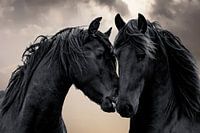 Frysian HorsesGert Hilbink
Frysian HorsesGert Hilbink F-16 Fighting FalconGert Hilbink
F-16 Fighting FalconGert Hilbink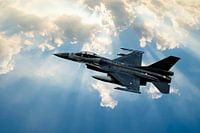 F-16 Fighting FalconGert Hilbink
F-16 Fighting FalconGert Hilbink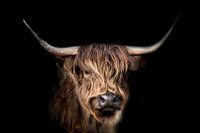 Scottish HighlanderGert Hilbink
Scottish HighlanderGert Hilbink Scottish HighlandersGert Hilbink
Scottish HighlandersGert Hilbink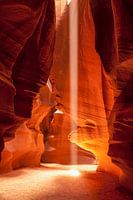 Canyons in America, Antelope CanyonGert Hilbink
Canyons in America, Antelope CanyonGert Hilbink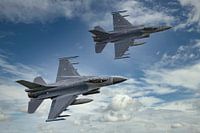 F-16 Fighting Falcon NetherlandsGert Hilbink
F-16 Fighting Falcon NetherlandsGert Hilbink KLM Boeing 747-400M, PH-BFV. City of VancouverGert Hilbink
KLM Boeing 747-400M, PH-BFV. City of VancouverGert Hilbink Porsche 911 Carrera, with text whiteGert Hilbink
Porsche 911 Carrera, with text whiteGert Hilbink Porsche 911 Carrera 4S, sports car.Gert Hilbink
Porsche 911 Carrera 4S, sports car.Gert Hilbink Porsche 911 Carrera 4S, sports car.Gert Hilbink
Porsche 911 Carrera 4S, sports car.Gert Hilbink Ferrari 246GT DinoGert Hilbink
Ferrari 246GT DinoGert Hilbink Bald Eagle, American Bald Eagle. A PortraitGert Hilbink
Bald Eagle, American Bald Eagle. A PortraitGert Hilbink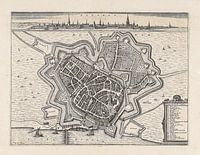 Map of Zutphen, circa 1650, with white frame.Gert Hilbink
Map of Zutphen, circa 1650, with white frame.Gert Hilbink Porsche 911 Turbo SGert Hilbink
Porsche 911 Turbo SGert Hilbink F-16 Fighting FalconGert Hilbink
F-16 Fighting FalconGert Hilbink Lamborghini Huracán STO with emblemGert Hilbink
Lamborghini Huracán STO with emblemGert Hilbink Bugatti ChironGert Hilbink
Bugatti ChironGert Hilbink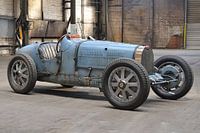 Bugatti 35BGert Hilbink
Bugatti 35BGert Hilbink Porsche 911 Carrera TargaGert Hilbink
Porsche 911 Carrera TargaGert Hilbink
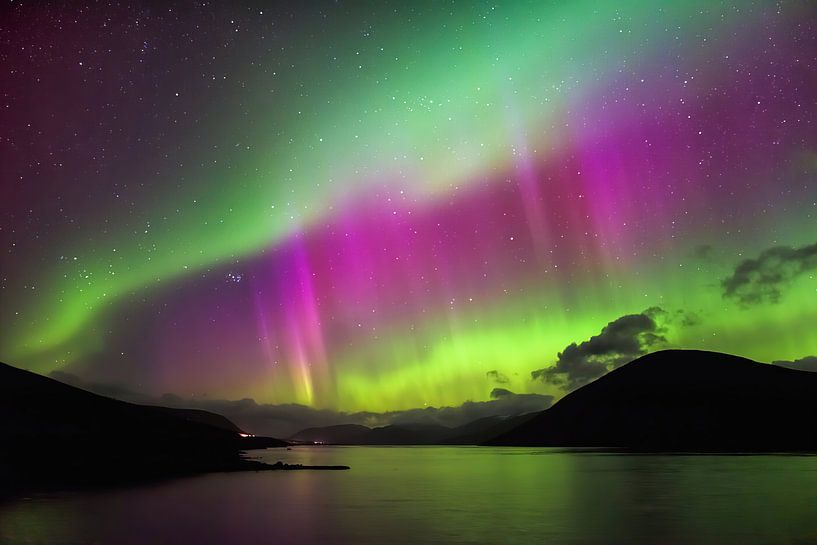












 Dreamy Escapes
Dreamy Escapes Iceland
Iceland Jökulsárlón
Jökulsárlón Landscape photography
Landscape photography Mysterious Spheres
Mysterious Spheres Nature photography
Nature photography Northern Lights
Northern Lights Photo wallpaper
Photo wallpaper Photography
Photography Serene Peace
Serene Peace









